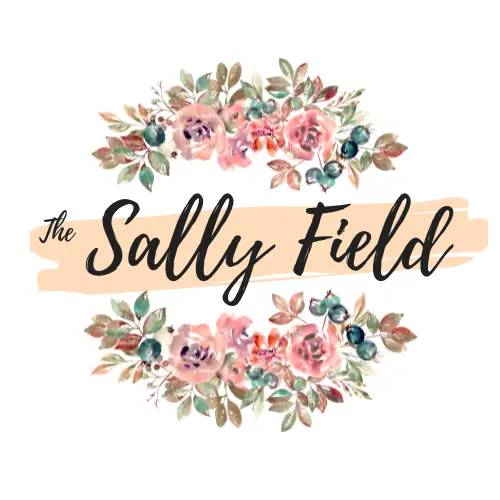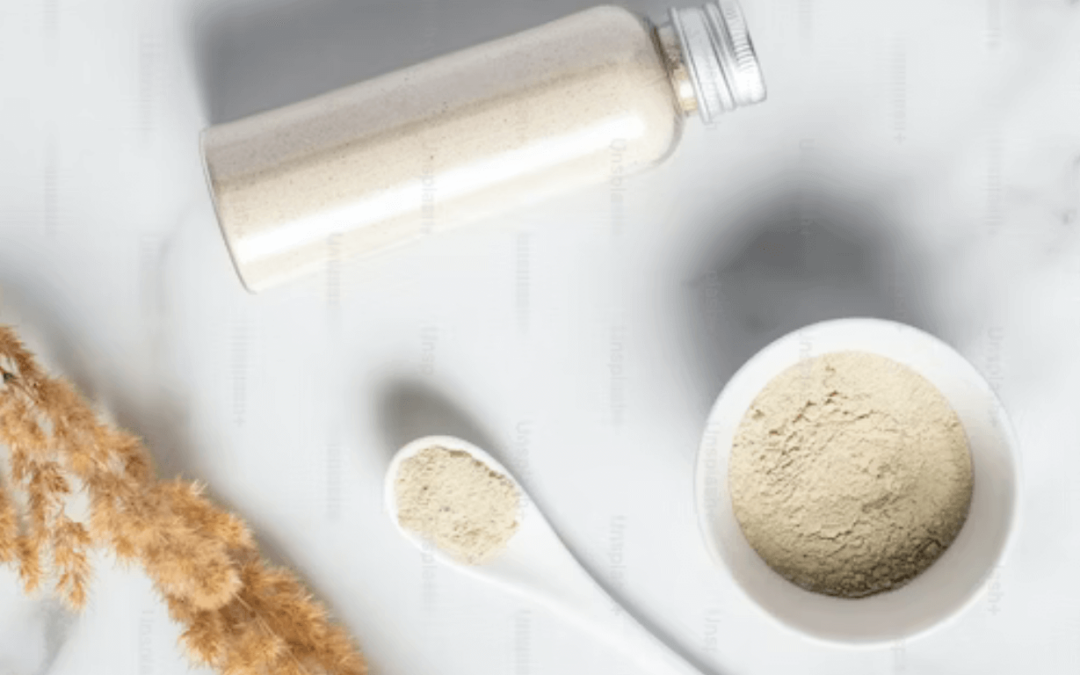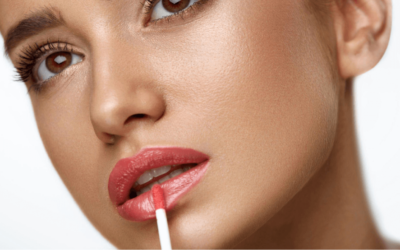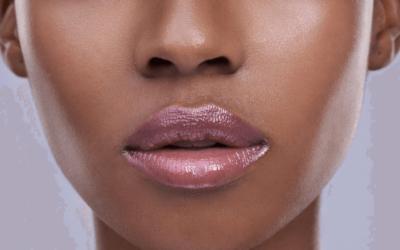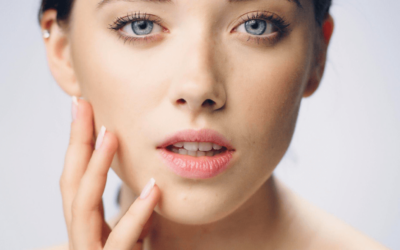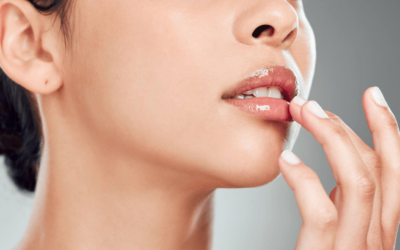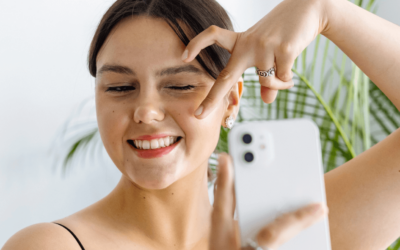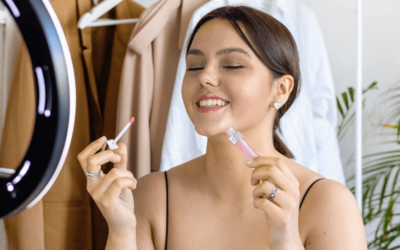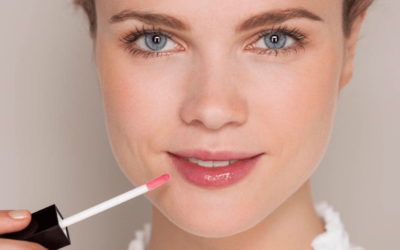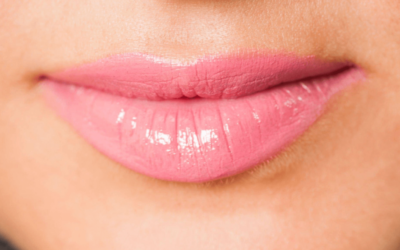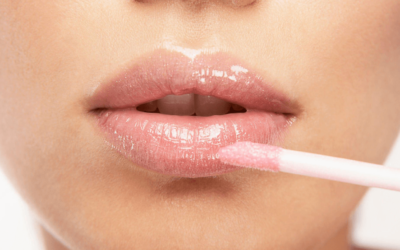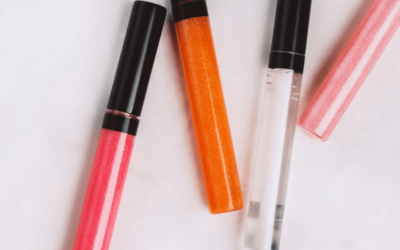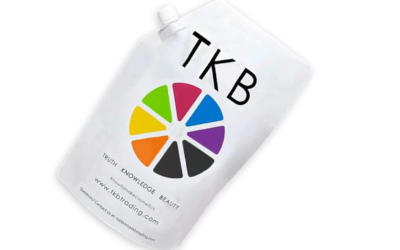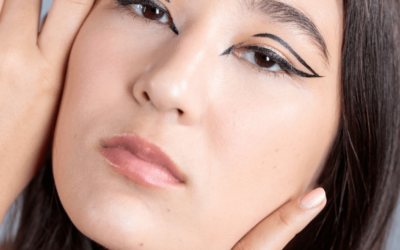Lip gloss is a beloved cosmetic product known for its ability to add shine, moisture, and a touch of glamour to our lips. However, have you ever wondered what goes into making that perfect lip gloss?
In this comprehensive guide, we will delve into the world of lip gloss ingredients, exploring the key components that create the luscious and glossy finish we love.
From hydrating agents to color additives, we will uncover the secrets behind your favorite lip glosses. So, get ready to discover the science behind your glossy lips and gain a deeper understanding of the ingredients that make them shine!
The Basics: What Makes Lip Gloss Shine?
Before we dive into the specific ingredients, let’s understand the basics of what gives lip gloss its signature shine.
Lip gloss is formulated with a combination of hydrating and binding agents, along with color additives, to create a glossy and moisturizing finish.
The precise balance of these ingredients determines the texture, shine level, and longevity of the lip gloss.
The Essential Lip Gloss Ingredients You Should Know
Hydrating Agents
Hydrating agents form the foundation of lip gloss, ensuring that your lips stay moisturized and supple. Some common hydrating ingredients found in lip gloss include:
Hyaluronic Acid: Known for its excellent moisturizing properties, hyaluronic acid helps retain moisture, making your lips feel hydrated and plump.
Glycerin: A humectant that draws moisture from the air to your lips, glycerin helps prevent dryness and keeps your lips soft and smooth.
Jojoba Oil: A natural emollient, jojoba oil locks in moisture, providing long-lasting hydration to your lips.
Shea Butter: Rich in vitamins and fatty acids, shea butter nourishes and conditions the lips, leaving them soft and supple.
Binding Agents
Binding agents are crucial for the longevity of lip gloss, ensuring it adheres to your lips without smudging or feathering. Common binding agents found in lip gloss include:
Beeswax: Beeswax provides a natural waxy texture that helps the lip gloss adhere to the lips and provides a protective barrier against environmental factors.
Carnauba Wax: Derived from the leaves of the carnauba palm, carnauba wax adds structure and shine to lip gloss, contributing to its long-lasting wear.
Color Additives
Color additives give lip gloss its tint or sparkle, allowing you to customize your lip look. The color additives used in lip gloss can range from sheer and subtle to vibrant and bold. Some common color additives include:
Mica: Mica is a mineral pigment that provides a subtle shimmer to lip gloss, creating a luminous effect on the lips.
Iron Oxides: Iron oxides are mineral pigments used to add color to lip gloss. They come in a variety of shades, from natural pinks and reds to deeper hues.
Additional Ingredients
Lip gloss formulations may also include additional ingredients to enhance the product’s sensory experience, fragrance, or provide antioxidant benefits. These can include:
Fragrances: Fragrances are often added to lip gloss to provide a pleasant scent. Common fragrance ingredients include natural extracts or synthetic fragrance compounds.
Antioxidants: Some lip glosses incorporate antioxidants like vitamin E or green tea extract, which help protect the lips from free radicals and environmental damage.
Frequently Asked Questions (FAQ) About Lip Gloss Ingredients
Q1: Are lip gloss ingredients safe?
A1: Lip gloss ingredients used by reputable cosmetic brands undergo rigorous testing to ensure safety. However, it’s essential to be aware of any specific ingredients you may be allergic to and check the ingredient list before purchasing a lip gloss.
Q2: Can lip gloss ingredients cause dryness?
A2: Lip gloss formulations that contain hydrating agents like hyaluronic acid, glycerin, or natural oils help prevent dryness and keep the lips moisturized.
However, it’s essential to choose lip glosses that suit your individual lip care needs.
Q3: Are natural lip gloss ingredients better than synthetic ones?
A3: Both natural and synthetic ingredients can be used in lip gloss formulations. The choice between natural and synthetic ingredients often depends on personal preferences, specific lip care needs, and individual sensitivities.
Q4: Can I make my own lip gloss with natural ingredients?
A4: Yes, making your own lip gloss with natural ingredients can be a fun and creative DIY project.
However, it’s important to research and follow safe formulation practices to ensure the longevity and stability of your homemade lip gloss.
Q5: Do lip gloss ingredients expire?
A5: Lip glosses typically have a shelf life of around 1-2 years. However, the expiration date can vary depending on the formulation and preservatives used.
It’s recommended to check the product packaging or contact the manufacturer for specific expiration guidelines.
Empower Your Lip Gloss Choices with Ingredient Knowledge
Understanding the key ingredients that go into your favorite lip gloss can empower you to make informed choices and find the perfect lip gloss for your needs.
Whether you prioritize hydration, long-lasting wear, or vibrant colors, knowing the role of each ingredient allows you to select lip glosses that align with your preferences and lip care goals.
So, embrace the science behind lip gloss ingredients and let your glossy lips shine with confidence and style!
